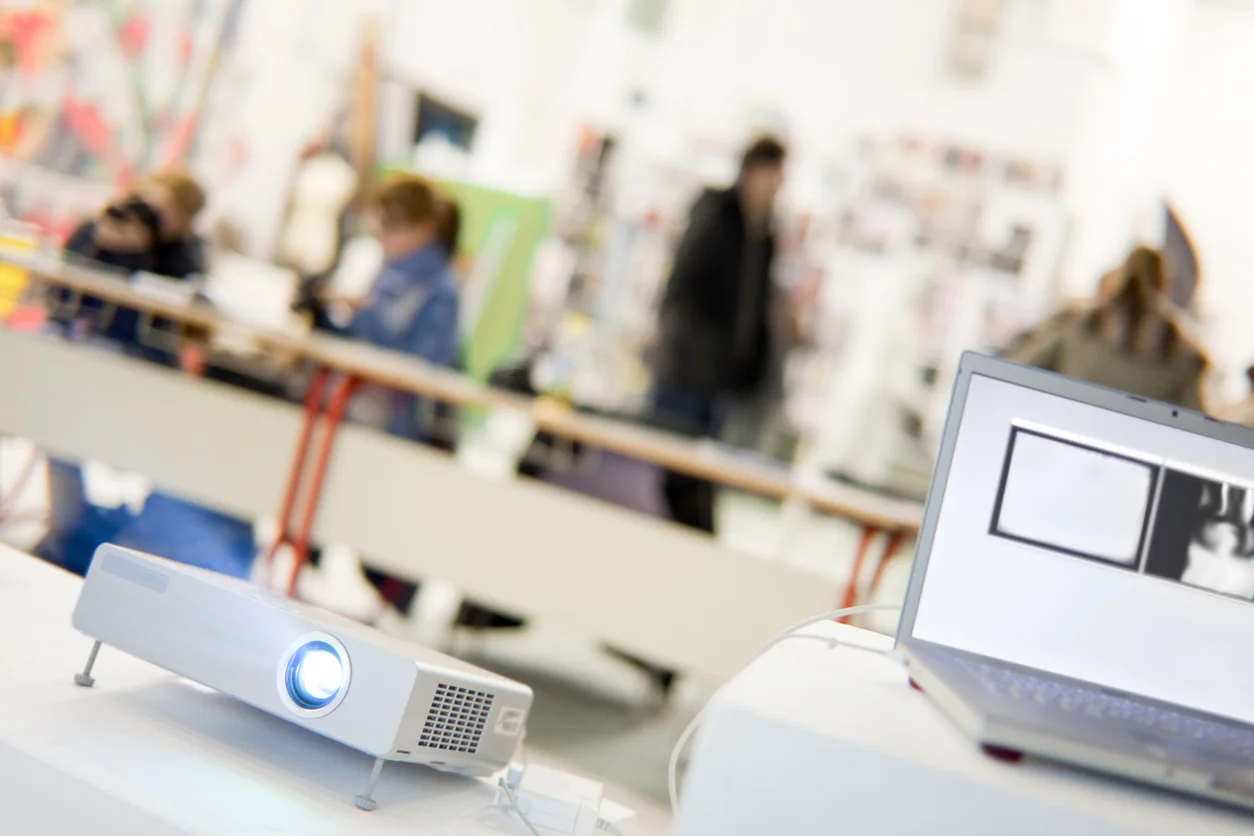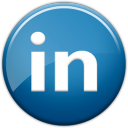With the emergence of technology in just about every aspect of our lives; progress, enhancement and opportunity for improvement has never been so prevalent. It can be frustrating, and as a teacher it seems that you are expected to be on top of the latest trends which can enhance or improve your classrooms. As a teacher you are expected to know which social networks your students frequent, which web 2.0 technologies can promote effective learning and which hardware and gadgets are fashionable. Through lack of time (and sometimes just lack of interest) it is hard to keep up. It is at times like these you can call upon your PLN.

At my school I am able to comment on and introduce my colleagues to the latest teaching trends and strategies from around the world. I take great pleasure at being able to demonstrate new Apps, talk about the Gonski report and discuss why Australian student performance has declined over the past decade.
Maintaining a handle on developments in your sector doesn't have to be hard or time consuming. I am going to share how I manage to be updated with news, trends and job opportunities all filtered to meet my requirements.
My PLN keeps me informed of ways in which technology can improve education.
Years ago my journey began by visiting informative websites or blogs (web-logs) by prominent educators such as Ken Robinson and Stephen Heppell.
Their findings and opinion are of course very interesting. Quite often their articles opened up all sorts of debate in the comments section. With so many educators sharing their first hand experiences, it is easy to form your own opinion and adopt strategies for your own classroom. But to keep ahead, you need to keep reading.
Fortunately though you don't need to be a regular visitor to blogs because of a handy piece of tech wizardry called RSS feeds. RSS feeds enable you to subscribe to a blog. As soon as the author publishes their article, you are notified immediately on your computer or mobile device.
RSS feeds are a very powerful communication tool, news agencies also use them to publish breaking news and up to the minute reports of sporting or political events. There are a few different methods to capture your RSS feeds.
An email “client†is a program which you open when you want to view your email inbox locally on your computer. Popular clients include Microsoft Outlook and Apple Mail. Both of these clients can be setup to capture new RSS articles from your favourite web sites. I currently subscribe to 4 very important RSS feeds in my inbox, ensuring that I stay ahead in technology education developments.
If you are a Google Chrome user (or have a Google account) then subscribe with the Google Reader. Google Reader can be accessed from a multitude of mobile Apps meaning that if you are an Android, iOS or Windows Mobile user you can install an Application to handle all of your news.
My Favourite RSS enabled websites:
I follow dozens of writers and communities, and hundreds of Twitter users who have put me onto amazing resources. Below are my favourites. To get you started I recommend you "follow" these sites in which ever way you can.
- Emergingedtech.com - Engaging students and enhancing learning outcomes. This community of teachers may be all you need to stay on top of education and technology.
- Edutopia.org - Contains practical classroom strategies and tips from real educators.
- blog.iste.org - The International Society for Technology in Education.
- mindshift.kqed.org - Mindshift explores the future of learning.
- tips2012.edublogs.org - Dr Jenny Lane is an experienced teacher. Jenny is currently researching the iPad and its role in education. Her blog evaluates Apps which enhance teaching across all learning areas. At the beginning of this year I met Dr Jenny Lane at a conference in Sydney. It is an example of how your PLN can materialise into very important professional relationships and friendships.
- iSupportlearning.net - Anyone can blog! I publish my own findings surrounding education and technology here. I also create free guides assisting teachers to adopt new technology. You can see how I have tried to make it easy for readers to stay connected with me. In less than 1 year I have over 300 subscribers to my RSS feed.
Most modern websites are now made up almost entirely of RSS feeds, meaning that most visitors of popular sites never actually visit the website at all. Twitter is another extremely powerful carrier of information
. A good analogy for new Twitter users is to imagine that you are walking through a busy room of your favourite writers, reporters and professional pundits, but instead of them talking directly to you, you are eaves dropping on their conversations.
Getting started with Twitter may seem daunting at first but I cannot encourage you enough to take that leap into the "Twittersphere". You will need your own Twitter account. By all means create an alias if you would prefer, but most individuals have nothing to hide and are happy to represent themselves. Lastly you just have to start following individuals that you have a common interest in. Start by looking in the Education category.
Twitter is a Short Message Service meaning that each tweet can only contain 140 characters. For most users a tweet is a way of marketing a new idea. So the tweet will contain a link to a webpage containing the full story. Good ideas, interesting news or sometimes just funny one liners can be re-tweeted. If you pick your Twitter friends carefully, you can create a network of invaluable inspiration, all at a moments notice from your phone or computer.
Twitter users love picking up new followers. To create an interesting feed, (or room of interesting people) you are going to need to follow dozens of users. To get started, I encourage you to follow as many people in your field of interest as possible. As you discover friends of friends, conversation, statements and opinion start to flow. It is easy to un-follow someone if they seem intent on sharing every dull moment of their lives with you.
If you would prefer you do not have to Tweet a single message. There is nothing wrong with using your Twitter account as a source of one way information. You may just want to follow 2 or 3 news agencies, family members, or even students.
Linked-In has found itself a good niche, not only as a tool for networking, but also as an outlet for relevant news from industry experts and peers that interest you.
You can use the service as a place to find past and present colleagues and classmates. As you begin to establish new connections the site makes a profile on you based on your friends and colleagues and their current work placements. This makes for a really interesting and easy way for you to expand your own career.
The potential for discovering new employees and teachers for your school is huge. I would certainly recommend that your careers department investigate LinkedIn. As a Principal, or Bursar use this opportunity to cement a solid leadership network in order to drive change and improve your sector. As a Careers and Enterprise teacher, suggest that your current school leavers engage this professional network.
I have always thought of Facebook as Twitters big brother. I am often asked "Does my company need a Facebook page?" I answer an uncommitted, "Probably".
The question does highlight the point that Facebook is meant to be an individual and personal space. With a focus on personal pictures and personal opinion. When I attend or talk at a Professional Development day, I am always there in my professional capacity.
Facebook isn't the first choice for the type of Personal Learning Network we are building. Especially for education professionals where the boundaries between students and teaching colleagues must be maintained. Having said that, it is easy to incorporate all of your personal and professional networks together.
Maintaining all your networks and consuming it in bite-size pieces.
I have presented 4 technologies which can act as vehicles for acquiring knowledge and inspiration. But if you have made it this far you may be starting to feel a little overwhelmed at the potential of information waiting for you.
But don't worry, once you have set-up your Twitter account, chosen your favourite RSS feeds and reconnected with old colleagues through LinkedIn, you can bring it all together using one of two applications called FlipBoard or Zite, available on your iOS or Android device.
These amazing apps combine your Google Reader RSS feeds, Twitter, Facebook and LinkedIn accounts and present them in a very cool digital magazine.
The interface is awesome grabbing pictures and charts, categorising sections and highlighting popular and breaking stories. The magazine also analyses your Google Reader RSS feeds, works out what you like and delivers similar content from sources you have yet to discover.
Conclusion
The key here is to fine tune your content to avoid procrastination. Sorting and filtering information from the Internet might take a few days or weeks to get right, but when you consider that all of the information is free, including the Apps to help you curate, there really is no excuse to not get started.
I have no doubt that newspapers will become obsolete as we approach the next decade. It makes no sense for me to purchase so much paper and ink when I probably only consume 20% of the text. This really strikes me as a waste on the Earths resources and yet another example of how the digital age should be embraced for mutual progress.
Get ahead of things now, utilise those share buttons and don't be afraid of Twitter, embrace the Google services and get connected.
Social picture icons by Jeremy Roux










